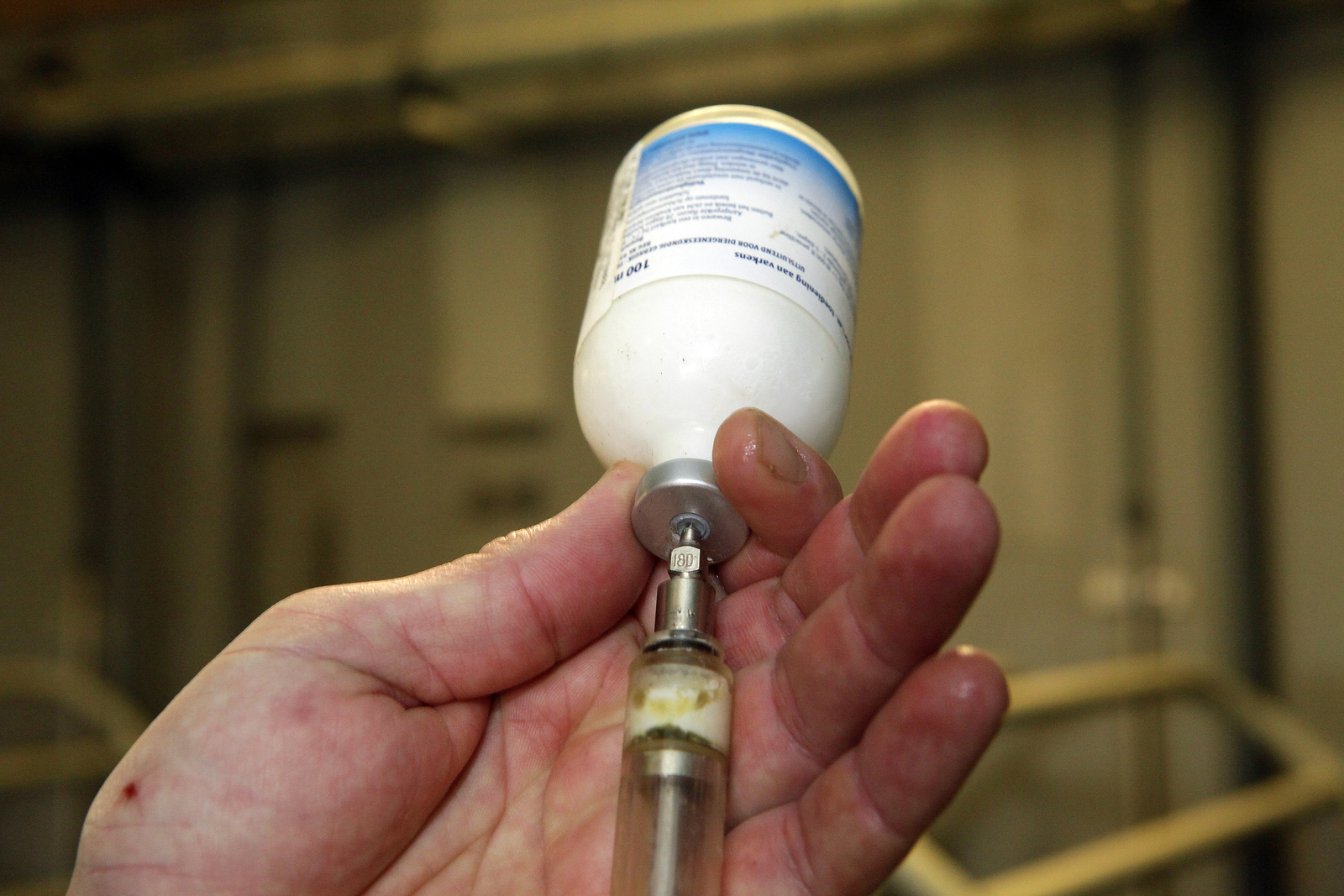Antibiotics: Valuable, use wisely

Antibiotics should be used wisely in farm animals. Its use can be reduced by implementing good biosecurity, enhanced management practices and natural growth promoters on farms.
The discovery of antibiotics in the mid-19th century was a very important scientific achievement with successful widespread application for human medicine starting in the 1940s. Decades of research and development of numerous antibiotics helped to keep bacterial infections under control and save countless lives. Antibiotics have been used not only for human treatment but also for animals. Besides being used for treatment, antibiotics are also used for prophylaxis and for growth promotion of farm animals, which was banned in some countries and throughout the European Union. Yet, the ban on antibiotic growth promoters (AGPs), while certainly leading to a reduction in use, does not mean that antibiotics have been abandoned completely.
Antibiotics in Europe
The most recent data available from the European Medicines Agency’s European Surveillance of Veterinary Antimicrobial Consumption (ESVAC) project shows the amount of antibiotics in 26 European countries by food producing animals in 2012 (Figure 1). These overall numbers do not account for the relative size of each country’s livestock industries. In order to get a clearer picture of the antibiotic usage intensity in each country, Figure 2 shows the use of antibiotics in food producing animals taking into account the quantity of produced animals in mg/PCU (population conversion unit). While countries such as Italy and Spain stand out on both counts, smaller Cyprus had the highest antibiotic usage intensity of all.

A long history
Bacterial resistance to antimicrobials risks diminishing the efficacy of these medicines and threatens human health. The phenomenon is not entirely new. Although antibiotics and antibiotic-resistant bacteria existed before the use of antibiotics in human and veterinary medicine, increased use of antibiotics corresponded with greater antibiotic resistance. By the late 1950s bacterial infections were difficult to treat and resistant bacteria were reported. The emergence of drug resistance has been observed following the introduction of each new class of antibiotics. Nowadays, resistant bacteria have become a major concern for public and animal health. Antibiotic use for humans and in animal production has been identified as a risk factor in the development of antibiotic resistant bacteria. Bacterial cells have the ability to multiply very fast and to adapt to their environment quickly. Antibiotic use allows bacteria to survive and can be seen as adaptive response to antibiotic selective pressure. Antibiotic resistance develops because resistance genes can be transferred between bacteria and gene mutations occur.

Resistance levels in swine and poultry
Surveillance and monitoring studies on antimicrobial resistance provide information about the occurrence of resistances in food producing animals in different parts of the world. E. coli is often used as an indicator bacteria for resistance. Levels of resistant E. coli in swine and poultry is described in Austrian national surveillance yearly report AURES that publishes detected resistances in some commensal and pathogenic micro-organisms since 2004. Figure 3 shows the level of antibiotic resistant E. coli in swine in Austria from 2004 to 2014 and Figure 4 shows the level of antibiotic resistant E. coli in broilers in Austria from 2004 to 2013. Austria presents an interesting case because it was detecting commensal antibiotic resistant E. coli since 2004 in swine and poultry. For nearly all antibiotics reported in Figures 3 and 4, antimicrobial resistance in E. coli has not increased since the 2006 antibiotic growth promoter ban.

Reduced use of antibiotics
Of course, discontinuing AGP use is not without short-term setbacks. As documented in most of the EU countries following the 2006 ban, removal of antimicrobials initially accompanied an increase in mortality and decrease in performance. However, several countries where an AGP ban has been imposed have seen performance indicators rebound and later exceed earlier levels, likely due to improved biosecurity, management practices and feed formulation. Furthermore, application of innovative feed additives that possess antimicrobial properties such as phytogenics (botanicals), acids and probiotics have been shown to support natural growth promotion and reduce the incidence of various diseases. This suggests that it may be possible to reduce the amount of antibiotics used in livestock production and prevent further increases in antibiotic resistance by implementing good biosecurity, enhanced management practices and natural growth promoters on farms.

Conclusion
Antibiotics are very valuable substances and it is important to preserve their activity for the future. This means that they should be used wisely for the treatment of diseases. Knowledge about the presence of antibiotic resistances, understanding of the transfer of bacteria genes as well as understanding of the spread of resistant bacteria and as a result possible reduction of resistant bacteria may lead to the actions that to a certain extent reduce the problem of antibiotic resistance.
To read more articles from the latest issue of All About Feed, log in or register here.















